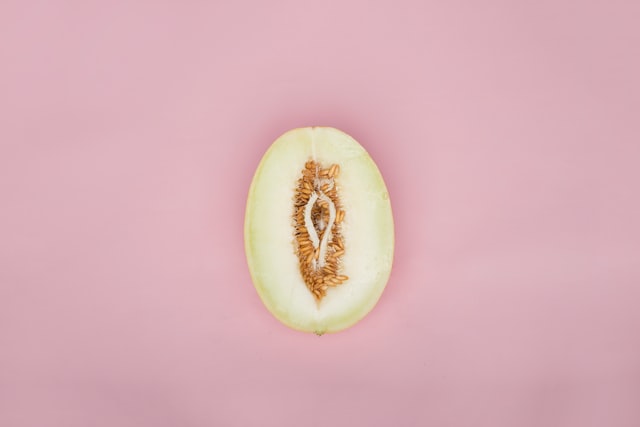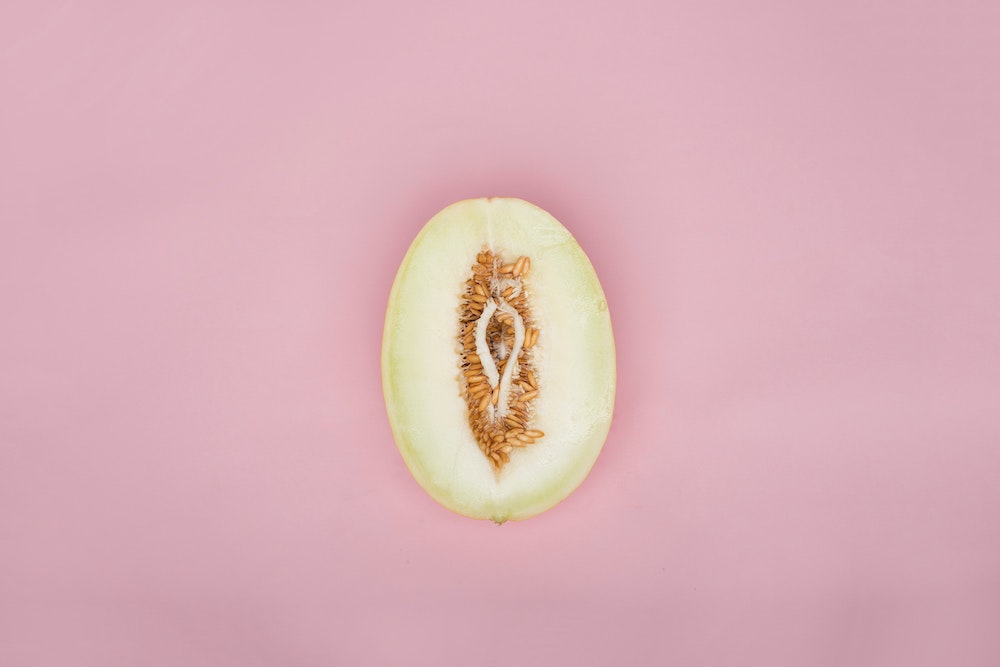What is vaginal discharge?
Vaginal discharge is a clear or white mucus that helps to protect the vagina from infection, and keeps it clean and moist. It is completely normal - most girls and women have vaginal discharge.
Why do I have so much discharge?
There is no ‘normal’ amount of vaginal discharge - it varies between women. However, the amount of discharge you produce can vary throughout your life. It is common to produce more discharge:
- during pregnancy
- if you're sexually active
- if you're using birth control
- when you are ovulating (for a few days between your periods)
However, if you are producing more discharge than you usually do, see your doctor or visit a sexual health clinic.
What does white discharge mean?
Normal discharge can be white or clear in colour. However, if you have white discharge that is thick and accompanied with an intense vaginal itch, you may have thrush.
If you have white discharge that smells fishy, you may have bacterial vaginosis.
See your doctor or visit a sexual health clinic if your vaginal discharge has changed in colour, smell or texture. They will be able to tell you if this discharge is abnormal and needs treatment.
What does yellow discharge mean?
Yellow discharge can be a sign of a sexually transmitted infection called trichomoniasis. If you have this infection, your discharge may also look frothy.
See your doctor or visit a sexual health clinic if your vaginal discharge has changed in colour, smell or texture. They will be able to tell you if this discharge is abnormal and needs treatment.
What does clear discharge mean?
Clear discharge is usually normal and is nothing to worry about. However, see your doctor or go to a sexual health clinic if you have clear discharge that:
- has changed in smell, colour or texture
- is accompanied by new symptoms, such as vaginal sores, itchiness, blisters or bleeding
Your doctor or sexual health clinic can tell you if this discharge is abnormal and needs treatment.
What is brown discharge?
Brown vaginal discharge is often caused by blood slowly leaving the uterus through the vagina. When blood takes a long time to leave the body, it can turn brown, producing a brown discharge.
It is normal to have brown discharge at the beginning or end of your period.
However, brown discharge at any other time could be a sign of many conditions, including:
- a hormone imbalance
- using hormone based contraception spotting during ovulation
- ovarian cysts
- endometriosis
- infection
- polycystic ovary syndrome
- pregnancy-related conditions, such as early pregnancy, miscarriage, ectopic pregnancy, and lochia (bleeding after childbirth)
- endometrial or cervical cancer
- perimenopause - changes in oestrogen levels months or years before menopause
See your doctor or visit a sexual health clinic if you have brown vaginal discharge that concerns you. They will be able to tell you if this discharge is abnormal and needs treatment.
What does early pregnancy discharge look like?
In the early stages of pregnancy a fertilised egg embeds itself into the lining of the uterus. This is known as implantation, and it happens 10 to 14 days after conception. Implantation can cause light bleeding that can look like vaginal discharge of various colours, including brown.
Why does my vaginal discharge smell?
Normal vaginal discharge does not have a strong or unpleasant smell. If your vaginal discharge smells, you may have an infection. See your doctor or visit a sexual health clinic. They will be able to test for and treat any infection.





